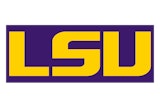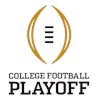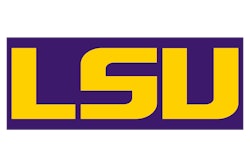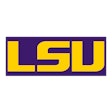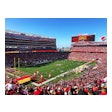As of today, football season is officially over. But research into protecting the game's players has no offseason. A new study published by the Journal of Neurosurgery says the risk of suffering a concussion after a head injury may be dependent on what type of helmet a player is wearing.
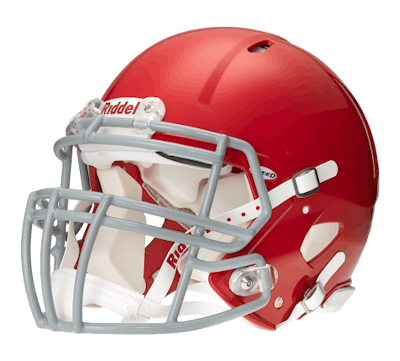 A Riddell Revolution Speed Classic helmet.
A Riddell Revolution Speed Classic helmet.
The research team, led by Steve Rowson of the Wake Forest School of Biomedical Engineering and Sciences at Virginia Polytechnic Institute and State University (Virginia Tech), analyzed head impact data from eight college football teams that was collected between 2005 and 2010.
The data included 1,833 players who wore two different helmets — a Riddell VSR4 or a Riddell Revolution.
All of the helmets were equipped with sensors that measured the head acceleration for every impact each player suffered.
During the study period, more than 1 million head impacts were recorded.
The investigators then compared the rates of concussion between the two helmets.
Results showed that the players who wore the Revolution helmet had a 54 percent reduction in concussion risk, compared with players who wore the VSR4 helmet.
According to researchers, the Revolution helmets were better at balancing energy transfer from head impacts and also did a better job limiting head accelerations as a result of impact than the VSR4.
This study would seem to contradict one I wrote about in July. That study, which had far less data and covered a variety of variables, studied different brands of helmets. It's not quite a perfect comparison, but relevant nonetheless. Here's an excerpt from that July story:
Dr. Timothy McGuine and other researchers at the University of Wisconsin collected data from 36 high schools in Wisconsin during the 2012 football season. Athletic trainers documented the brand, model and purchase year of each player's helmet. They also recorded types of mouthguards, the number of practices and games and the number of concussions that occurred.
In 2012, 8.5 percent of the players at those schools suffered sports-related concussions. The authors found no difference in the rate of concussion based on a player's age, size, year in school or competition level of his team. More importantly, they found no difference in the rate of concussion for players wearing helmets from different companies or from different purchase years.
But Rowson explained why his study and its findings are more significant:
"This is the first study to control for the number of times players hit their heads when comparing helmet types," he said.
"No previous study has been able to account for this variable. Controlling for head impacts allows you to compare apples to apples. For example, you're not comparing a player in one helmet who rarely gets hit to a player in another helmet type who frequently gets hit."
Head injuries will always be part of football, but the researchers of this study are confident measures can be taken to make the game safer.
"Head impacts in football will always occur, even with the best rules and technique," said Stefan Duma, of the Wake Forest School of Biomedical Engineering and Sciences at Virginia Tech and co-author of the study. "This is where improving helmet design to best reduce concussion risk becomes critical. Our data clearly demonstrate that this is possible."
Click here to read the entire study published by the Journal of Neurosurgery.










